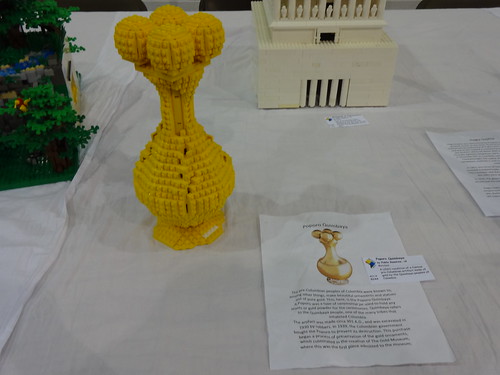
*While the practice of chewing coca leaves was restricted to upper classes in certain ceremonial uses in earlier times, in recent centuries it has become very common in some Andean regions. This has become a source of contention, as the US and international organizations wanting to stop the production of cocaine have come up against poor farmers who defend the production and chewing of the leaves (with a small amount of lime) as an indigenous practice. I've read conflicting reports from people on both sides of this, with some referring to the practice as essentially a low grade cocaine addiction, and others saying it is a folk remedy for altitude sickness and less of a kick than a cup of coffee.
**BTW, despite my title, the mineral lime used in the chewing of coca leaves has no relation to the citrus fruit lime. The word for the mineral comes from the Old English lim, which refers to a sticky substance, as lime was used in making mortar. The word for the fruit comes from the Arabic limah, referring to a citrus fruit. It's ironic that these two different meanings ended up with the same word in modern English, since the mineral is basic and the fruit is acidic. On the other hand, coca leaves are used in the production of Coca Cola, though ever since 1904 the leaves have first been processed to remove any cocaine.
No comments:
Post a Comment